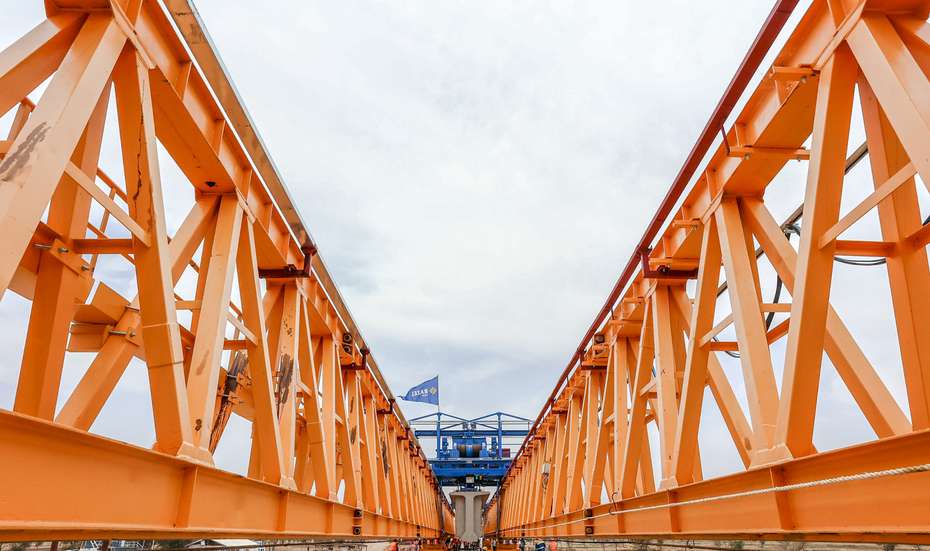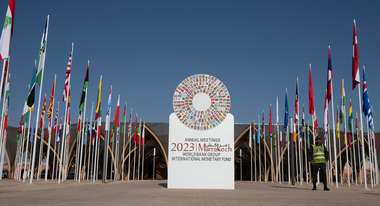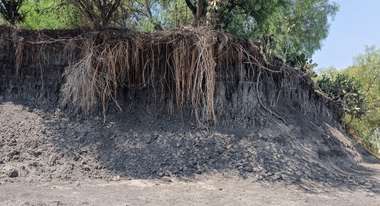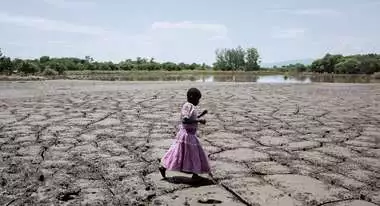EU’s Global Gateway: Africa under a new spotlight
The first projects of the EU connectivity initiative launched in late 2021 are now being implemented and consider Africa as a main area of focus.
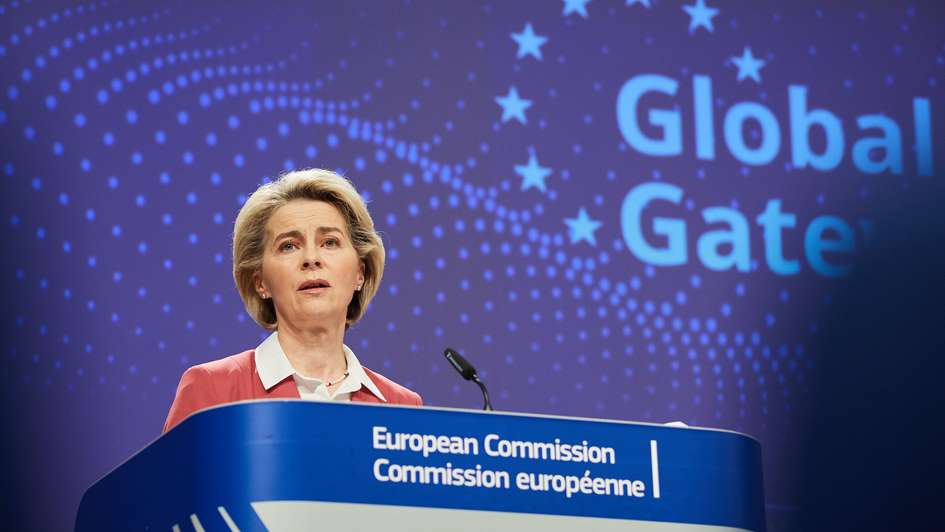
The European Union (EU) has recently sped up the implementation of its Global Gatewayinternational infrastructure development plan. It aims to improve connectivity between Europe and the rest of the world, especially between developing countries and other European Neighbourhood Policy countries. The plan is part of a broader initiative to ensure strategic autonomy for the EU in its economic and political relations with the rest of the world, including the industrial, defence, air and space, raw materials procurement, and infrastructure sectors.
The Gateway, launched in December 2021, is the first European infrastructure plan that is global in nature. Previously, a truly comprehensive strategy was lacking, and there was a real disconnect between the Union’s key interests and the resources needed to tackle its main strategic vulnerabilities. The Gateway gives now structure and coherence to the EU’s actions in the field of external infrastructure investments. At the same time, it creates the opportunity of building stronger partnerships in strategic regions of the world such as the African continent.
Europe’s answer to new geopolitical challenges and risks
The implementation of the Global Gateway is the latest development in a lengthy process in Europe of increasing attention to infrastructure and connectivity - and to the geopolitical risksarising from projects spearheaded by other powers, such as China’s Belt and Road Initiative (BRI). A single number underlines the magnitude of the challenge since 2013, the year the BRI was launched: Beijing has invested $885 billion in infrastructure projects worldwide.
After an initial wait-and-see approach, the EU changed its attitude and became more active in infrastructure issues, one of the main global arenas for the green transition. The EU placed its own values in financing connectivity projects with strict environmental sustainability standards, with transparent contract award procedures, while taking into account social conditions in the recipient countries and respect for basic human rights and the rule of law.
Sustainability became the key element distinguishing European from Chinese projects. While European initiatives focus immediately on a path towards reducing greenhouse gas emissions, Chinese projects only stopped financing coal plants within the BRI framework as late as September 2021 and will continue to support other fossil fuel projects in future. The Global Gateway plans to mobilize up to €300 billion by 2027: it is Europe’s attempt to contribute to narrowing the global infrastructure gap, which amounts to about $15 trillion, and to provide an investment model that can serve as an alternative to Beijing’s BRI.
Digitalization, climate and energy, transport, health, research, and education are the key sectors of Europe’s strategy. The EU will base its partnerships on a set of fundamental principles for investments including:
- democratic values and high standards
- good governance and transparency
- equal partnerships
- green and clean infrastructures
- catalysing private sector investments.
This last point is crucial in the EU’s strategy, because European funding aims to attract private investments, creating a multiplier effect for the resources employed.
Doubts and Contradictions
With its Global Gateway initiative, the EU demonstrates that it aims to go well beyond a simple mechanism for future infrastructure investments worldwide. Instead, Brussels adopts some of the very approaches of the BRI that it has so harshly criticized. This includes the promotion of an alternative economic and development model in recipient countries, based on the sustainability of the projects it finances.
It is uncertain if the target countries will welcome this initiative, and if it will be attractive enough for them compared to the BRI. Key African representatives have already expressed fears in 2021 that top-down reforms could come along with European investments. On the one hand, the Global Gateway seems to address some of the doubts expressed concerning the Chinese initiative and its major, albeit implicit, political conditionalities, along with the “debt trap” that often accompanies costly infrastructure projects.
Regarding the debt risks the EU appears to be well-intentioned and can avail itself of the decades-long experience of the European Investment Bank, trusting its low fixed interest rates and watchful activity on safe investments. Beyond that, the EU stresses democratic values whilst ensuring heavy scrutiny during the technical and financial feasibility and planning phase and requires compliance with environmental and social standards.
The African Firepower
At the African Union (AU) – EU summit of February 2022, Europe committed to a regional investment plan in Africa within the Global Gateway framework. The Africa-Europe Investment Package is worth €150 billion and has five main focus areas: energy and digital transitions, sustainable growth, the creation of new jobs, and the improvement of healthcare systems and education. Infrastructure, the primary investment sector of the plan, has the potential of enhancing success in all the areas of interest.
Integrating European and African transport networks should be the springboard for liberating the economic potential of a free trade area encompassing the entire African continent. In this regard, 87 new projects have been announced last April, including 11 strategic corridors.
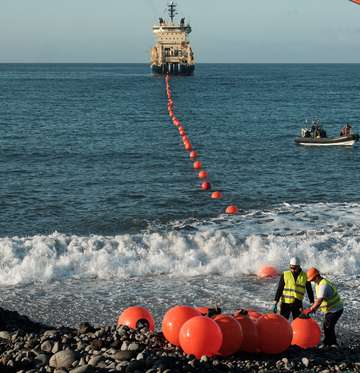
The Praia-Dakar-Abidjan project in Western Africa will be a qualitative improvement to the whole transport system in Senegal through the Rapid Transit Bus Lines and the enlargement of the Banjul port in Gambia. In Namibia, the partnership will be strengthened through investments in the Maputo-Gaborone-Walvis Bay strategic transport corridor. All these projects will thus be crucial for the development of new value chains, to the benefit of both African and European industries.
In this regard, the EU and AU Commission have identified 95 regional value chains in 23 promising sectors that can help facilitate sustainable industrialization and trade between African countries, and between Africa and the EU. The inaugurated 560 km Strategic Corridor Mombasa-Kisangani (Kenya-Democratic Republic of Congo), part of the bottlenecked trade route Northern corridor, already shows the achievements of EU-African investments in the eastern region. Within the project, connecting urban Mombasa with rural Kilifi (north of Mombasa) is enhancing access to better connections at a national level but it is also improving trade development. The town of Kilifi could now potentially become the biggest port in East Africa.
Creating an infrastructure for digital interconnections will also be key. In this context the EurAfrica Gateway Cable will link the EU and Africa along the Atlantic coast, promoting the digital sovereignty of both continents while boosting data traffic and improving security standards. African connectivity will also be improved through the European Secure Satellite Communications Programme, providing Internet connectivity to the continent, especially for its most remote areas. Finally, the establishment of ‘green data centres’ will be crucial in building an African data economy while ensuring data sovereignty and the sustainability of production and storage processes.
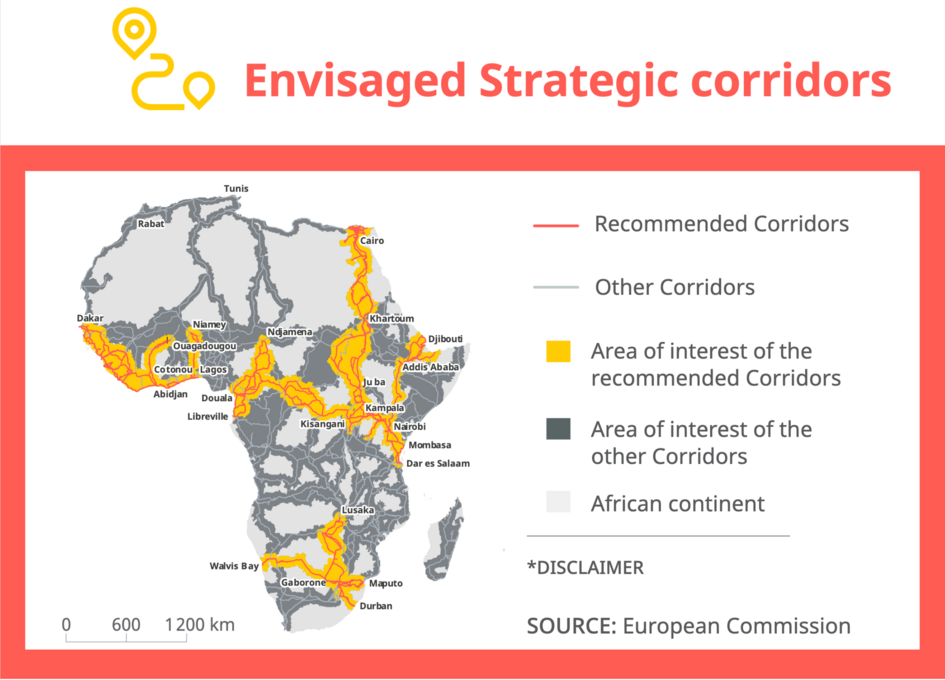
Global Gateway will also offer €15 billion in investments to boost energy production. The Africa-EU Green Energy Initiativeaims to support the development of at least 300 Gigawatt (GW) of additional renewable energy by 2030 (50 GW from electricity), guaranteeing access to energy for at least 100 million people. Within this framework, the hydrogen strategy will play a crucial role, with the goal of creating an electrolysis capacity of at least 40 GW by 2030. Just Energy Transition Partnerships (JET) will then be established to support African partner countries in the energy transition and in improving energy efficiency. The first JETs are planned with South Africa (for a value of €3 billion) and with Senegal.
The Global Gateway package will shape African cities and regions as new hubs for national and international development. Fiber-optic cables, as well as cloud and other data infrastructures, are posed to support new smart cities connecting people and ensuring access to a reliable internet network and data protection. Industrial development that respects people’s livelihoods in line with Africa’s green economic transformation is key to foster future sustainable landscapes in the context of African urbanization. A new and efficient transportation system will empower African cities, facilitating mobility within the continent and between Africa and Europe.
The Global Gateway could face serious obstacles
Financing infrastructure investments abroad can be a valid asset to spread European standards and values whilst improving the chance of entering and participating in foreign markets. Nevertheless, relevant obstacles could hinder the achievement of the Global Gateway goals.
For African countries, it will be important to understand which impact the Gateway partnerships and projects will have on local populations, 58% of whom live in rural areas and 65% rely on farming. Reformulating global value chains through new connection pathways will not leave the agribusiness sector untouched. It remains currently unclear how small and medium sized rural farmers will be involved in this process.
More broadly, the choice of investment projects could be the occasion of contrast among European countries, it will therefore be crucial to find ways to accommodate the diverse policy interests of EU members. Finally, if Europe really aims at competing with the China’s BRI, it will be relevant to actively involve the private sector and to invest substantially in innovative sustainable ideas.


